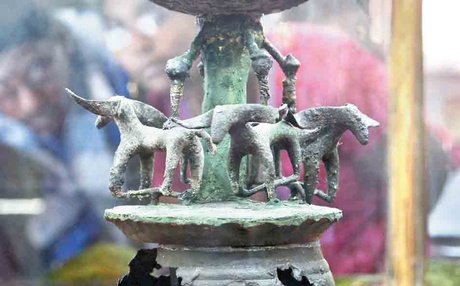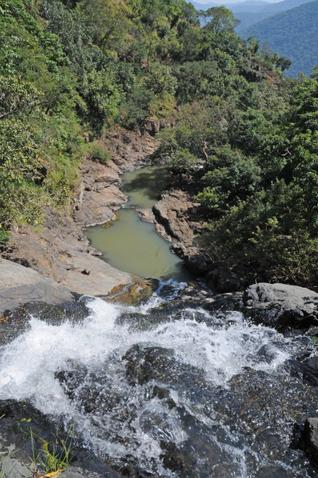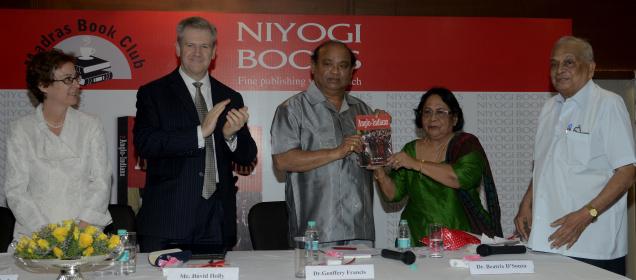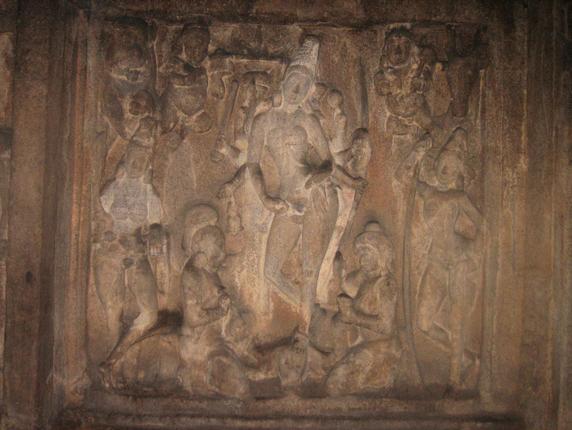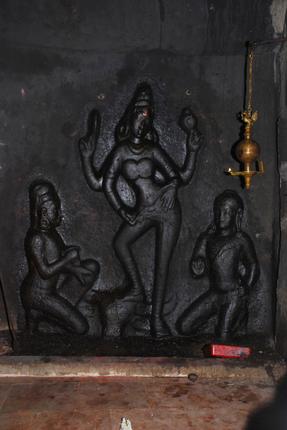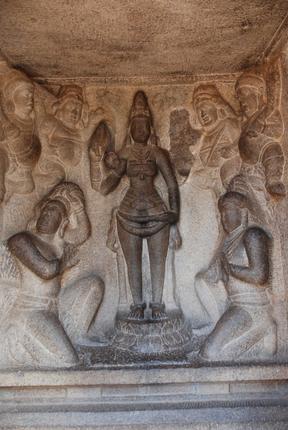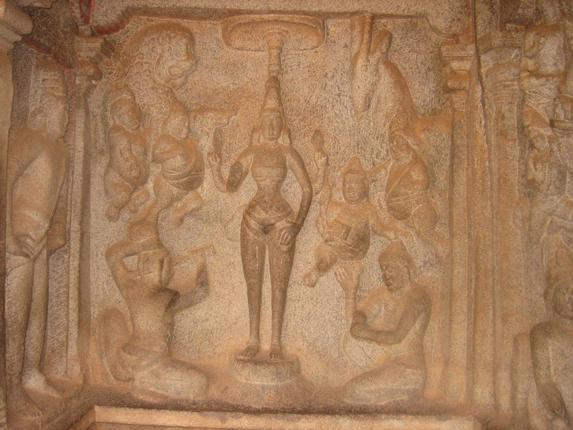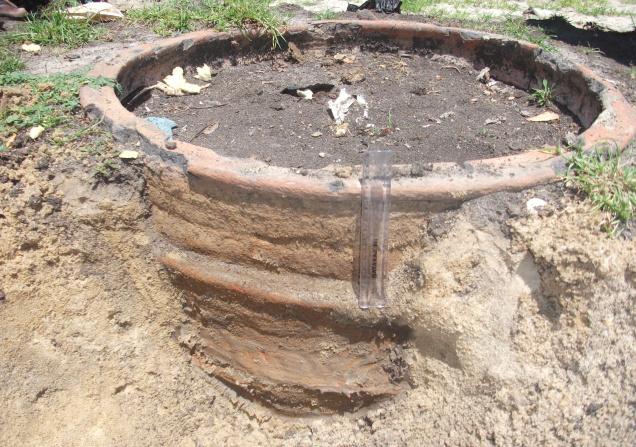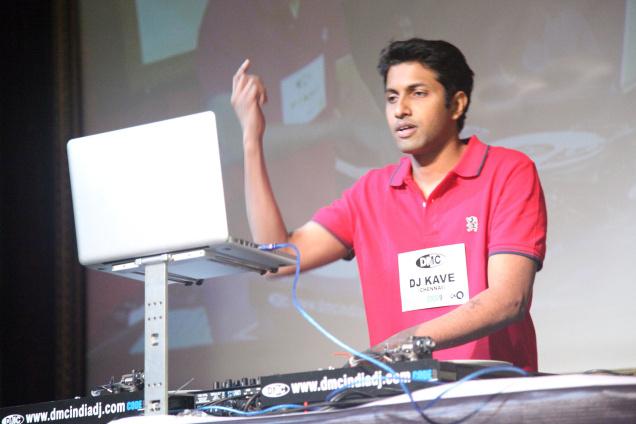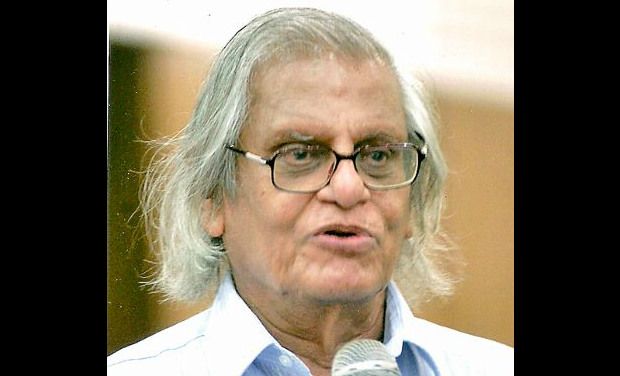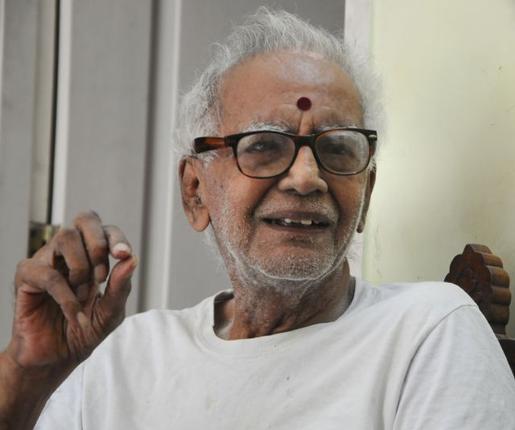
The glamour, glitz and crowds are elsewhere, as the celebrations for the 100 year of cinema culminate in another grand finale in the city. In contrast, it’s nearly idyllic in Film News Anandan’s flat in Mylapore. South Indian cinema’s chronicler is instead following up on the latest releases, updating his filmography.
Film News Anandan is, to use a cliché, a living encyclopaedia of Tamil cinema, and up to the 1980’s South Indian cinema. For journalists writing on film and harking back to the past, the absolute ‘go-to’ man is still this elderly person, his faculty of seeing dimmed, but his memory razor sharp even at 87. Give him a keyword, and he rattles off statistics and events, merely drawing on his memory.
A drama enthusiast and organiser, Anandan, whose parents named him Mani when he was born, entered films when he was about 25 years. Some friends of his had started the Film Fans Association and they decided to honour best performances in cinema at that time.
They asked Anandan to take pictures at the awards function, and the young man, already in love with cinema, swung by, with his Rs. 12 box camera. “It was too dark to shoot inside the Gaiety Theatre complex where the function was taking place. So I took pictures of the best actor B. Nagaiah, and best heroine Padmini when they came out,” he recollects.
It was in 1954 that Anandan acquired ‘Film News’ to his name, when he joined one of the early magazines to focus on cinema in the region as a photographer. By then, he had also wandered serendipitously into the office of the South Indian Film Chamber of Commerce and found himself a job with their journal. “I was asked to compile, every month, details about films releasing in all four south Indian languages. That is how everything began.”
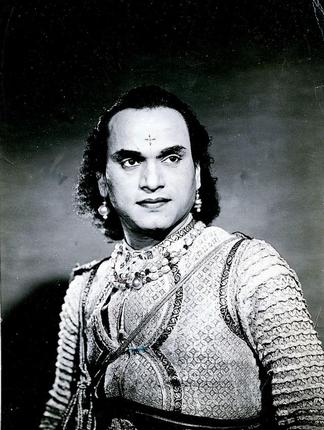
He went from studio to studio gathering this information, driving his father’s car. Striking up friendships at the studios, he managed to get stills, memorabilia, and song books. That grew into a collection – piling up to an awe-inspiring 6,000 films – dating from the 1930’s talkies. With his collection of photos, he grew famous for preparing 100-film albums of the stars of those days – Sivaji Ganesan, MGR, K.R. Vijaya, Jayalalithaa, Sivakumar, even Kamal Haasan. These albums, that contained 100 stills, one from each of the films, were exhibited during the launch of their 100 films, to much applause.
These stills are today stored in two of his children’s homes. “I don’t think anyone else has this kind of database, in any of the languages,” he says, as a matter of fact but tinged with faint pride.
He fills up a sheet painstakingly, listing out key facts about films, even those that are being released today. “I can’t see any more, so my family helps me.” He’s also learnt the power of the net, and finds it easy to download stills of the newer films. In 2003, Chief Minister Jayalalithaa financed one of his long-pending dreams: she funded the publication of a book, which, arguably, is the most comprehensive filmography of Tamil cinema since 1930, till that date.
Film News Anandan is not a very happy man today, he feels ignored by the industry that he has helped chronicle. Regret is trying to peek in, held in restraint only by his love for cinema. “I loved it so much. I spent my entire time and money on my passion, even ignoring my family.” Even today, the meagre sum that he earns is spent on buying stills of films. “I don’t let a single still go, if I know about it,” he says, pride forcing its way back in.
source: http://www.thehindu.com / The Hindu / Home> Features> CinemaPlus / by Ramya Kannan / Chennai – September 30th, 2013
